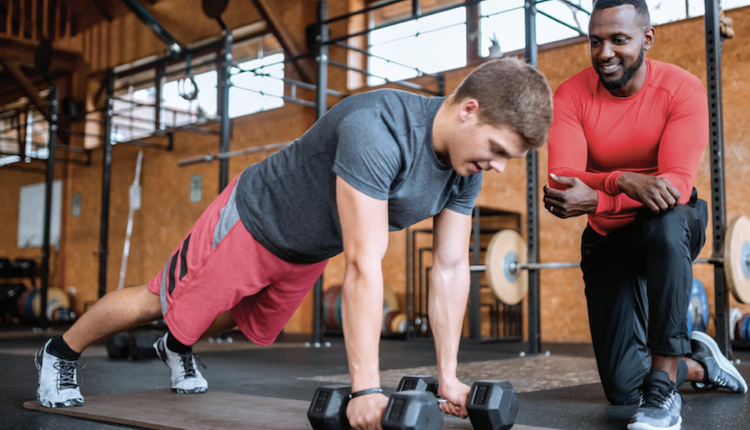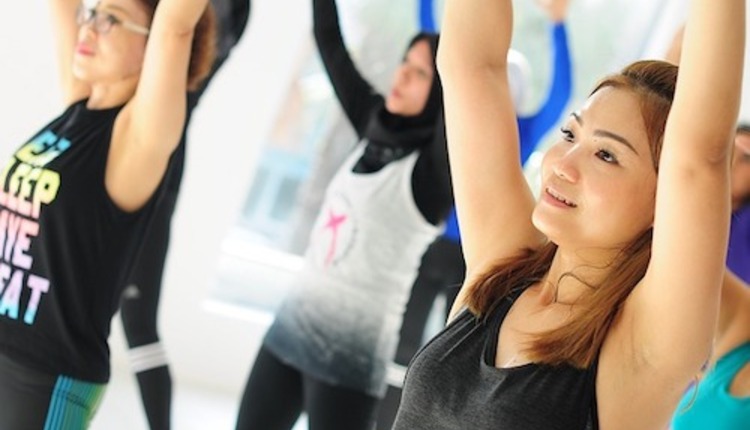People with diabetes face a higher risk of activity-related injury than people without diabetes, says author Sheri Colberg, PhD. In her upcoming Diabetic Athlete's Handbook (Human Kinetics, November 2008), Colberg offers tips on how people with diabetes can minimize injuries while living an active lifestyle.
Because high levels of blood glucose affect joint structure over time, joint-related overuse problems dominate the problems that active people with diabetes face, according to Colberg. Injuries such as "frozen shoulder" (which reduces shoulder movement in all directions), carpal tunnel, foot fractures, nerve-related joint disorders such as Charcot foot and "trigger fingers" (curled fingers caused by shortening ligaments) commonly afflict active diabetics. Repetitive activities, prolonged gripping, or direct nerve compression during weight training, cycling and other activities also cause problems for people who have diabetes.
"In most cases, good control of blood sugar can reduce the risk of developing these injuries," explains Colberg, an exercise physiologist, researcher and athlete who has managed type 1 diabetes for 40 years. But she also advises the following practices for avoiding injury or furthering an injury:
· Give your joints a rest! Alternate and vary workouts daily so joints are not stressed in the same way with every workout.
· Fix what you can. "Orthotics can correct some anatomical concerns, like leg-length discrepancies," says Colberg. "Also, consider doing other activities that don't cause as great a risk of injury, such as working out on an elliptical trainer a few days a week instead of always running outdoors on asphalt."
· Improve technique. Work with a coach or teacher or take lessons to help with proper training and technique.
· Warm up and cool down properly.
· Ice inflamed joints after workouts.
· Some medications can help. Use non-steroidal anti-inflammatory drugs to control inflammation and pain.
· Cross-train with other activities to maintain overall fitness levels while an injured area recovers. "Try alternating weight-bearing activities, such as walking or running, with non-weight-bearing ones, such as swimming, upper-body work and stationary cycling, so that you don't injure another part of your body," Colberg advises.
· Strengthen around previous injuries. "Strengthening the muscles around an affected joint, once the pain is gone, is critical to preventing the problems from returning," stresses Colberg. "After a shoulder joint injury, for example, focus on doing resistance work, using all sections of the deltoid muscle in particular, along with exercises for biceps, triceps, pecs, upper back and neck."
In Diabetic Athlete's Handbook, Colberg includes tips on specific activities as well as balancing blood sugar levels during exercise. For more information on this or other fitness books, visit www.HumanKinetics.com or call 800.747.4457.











